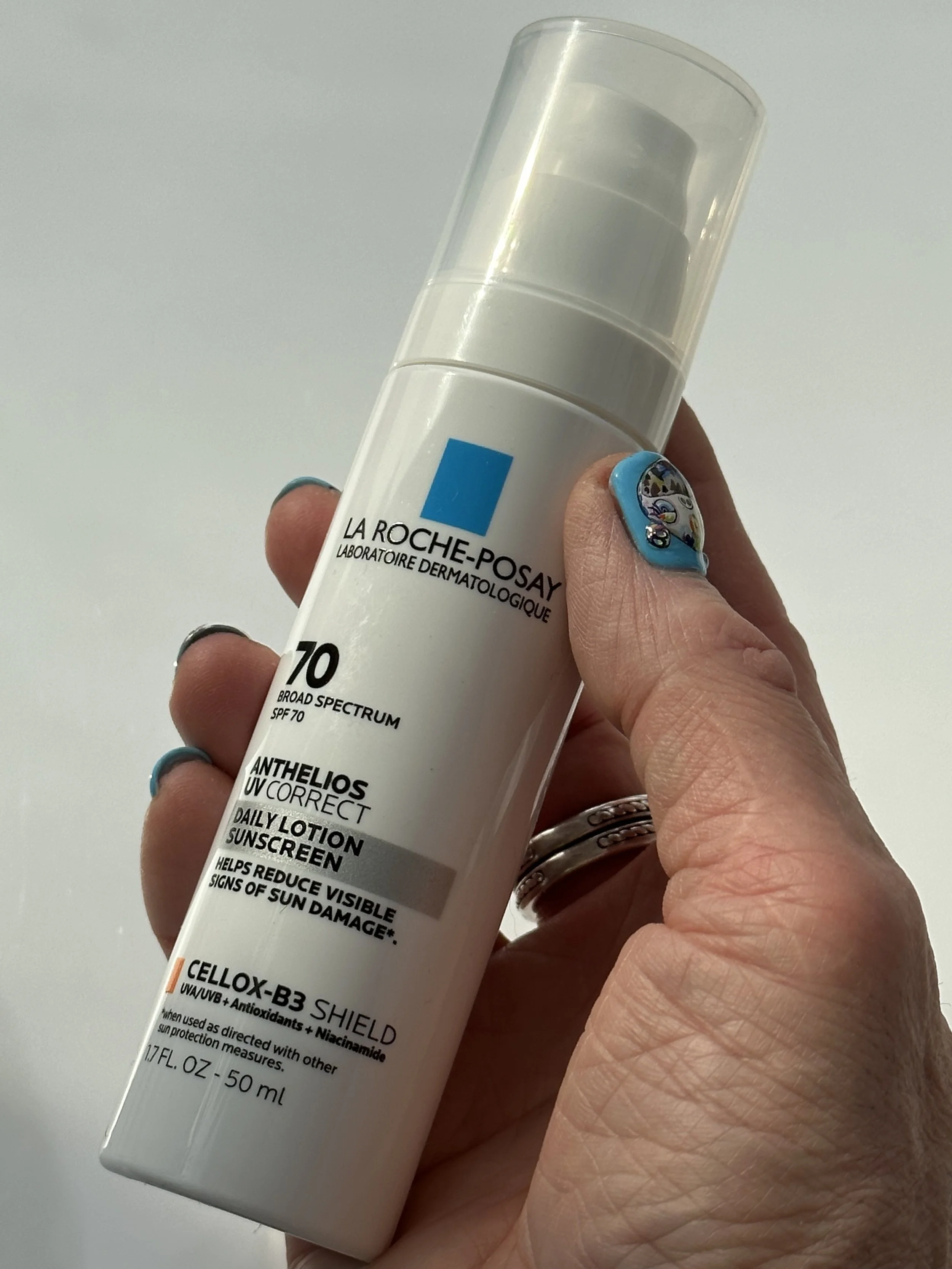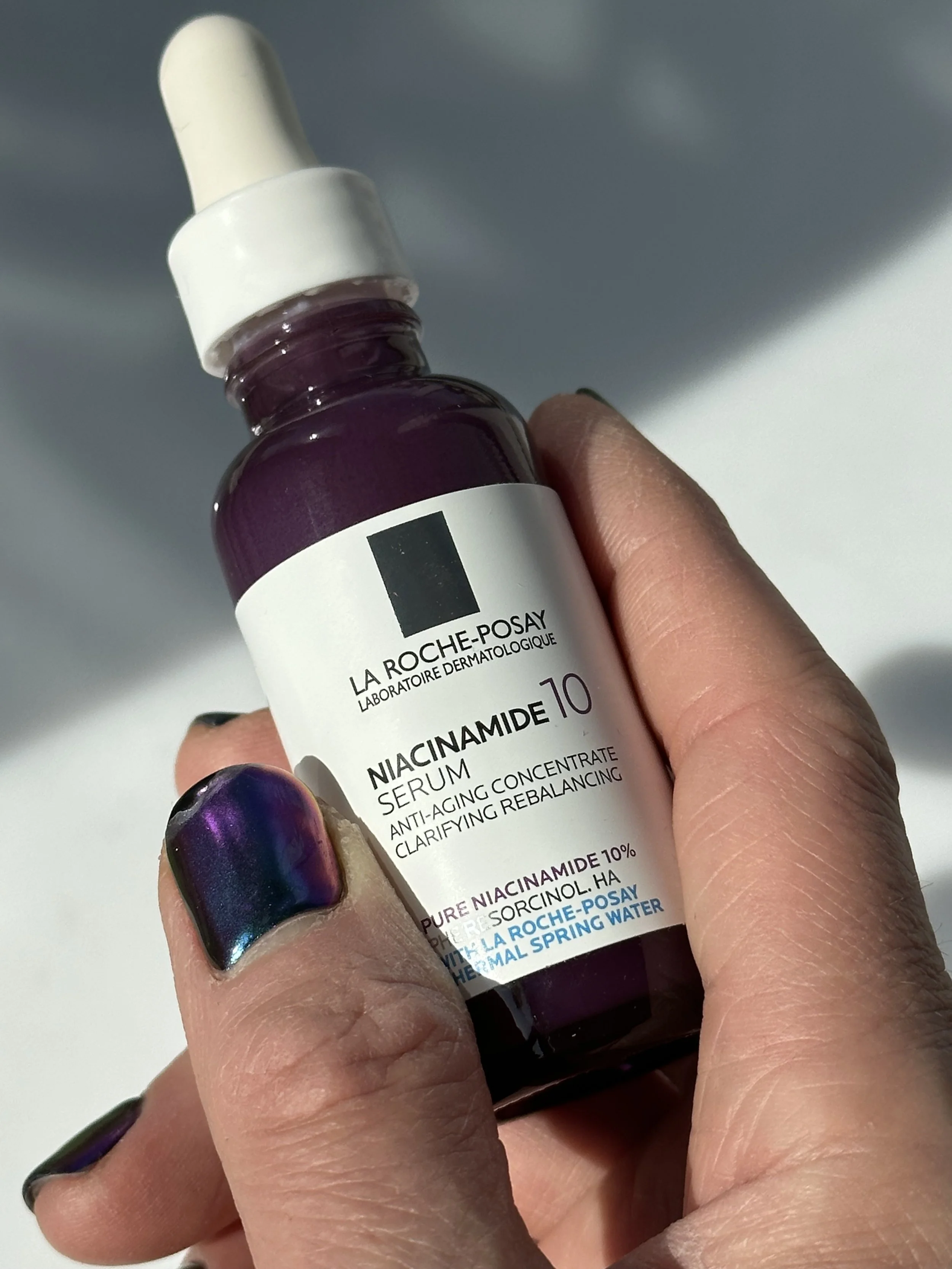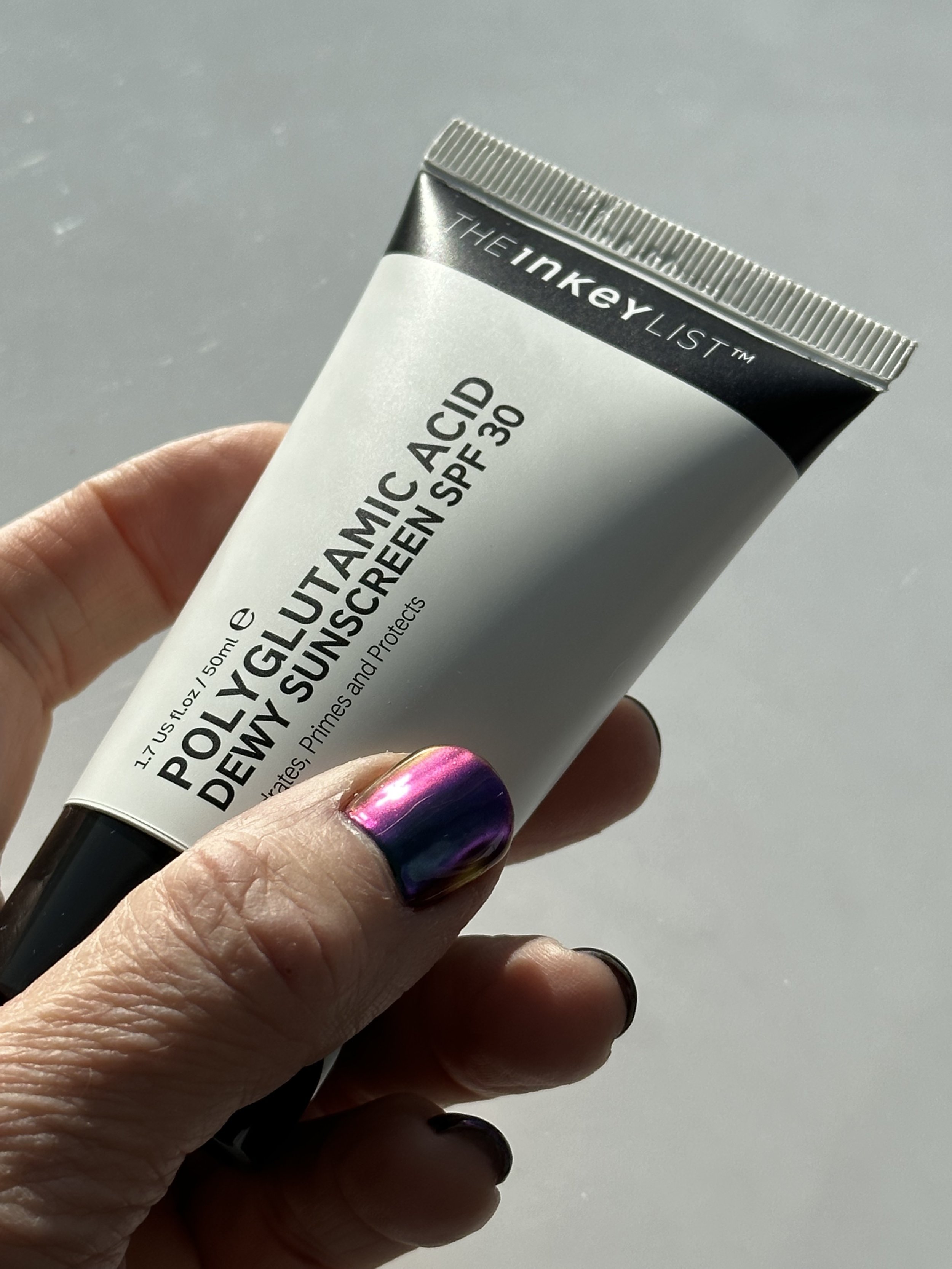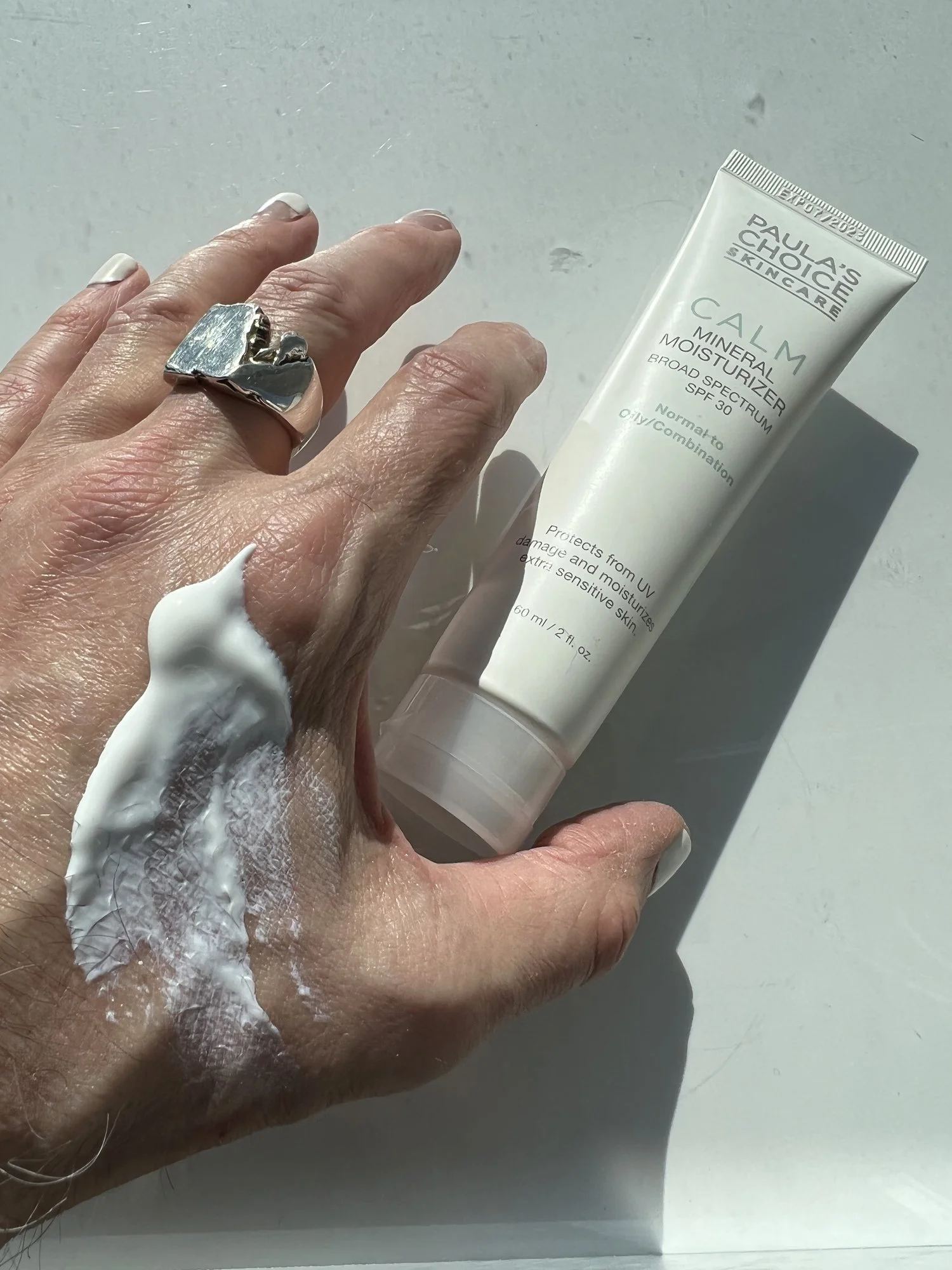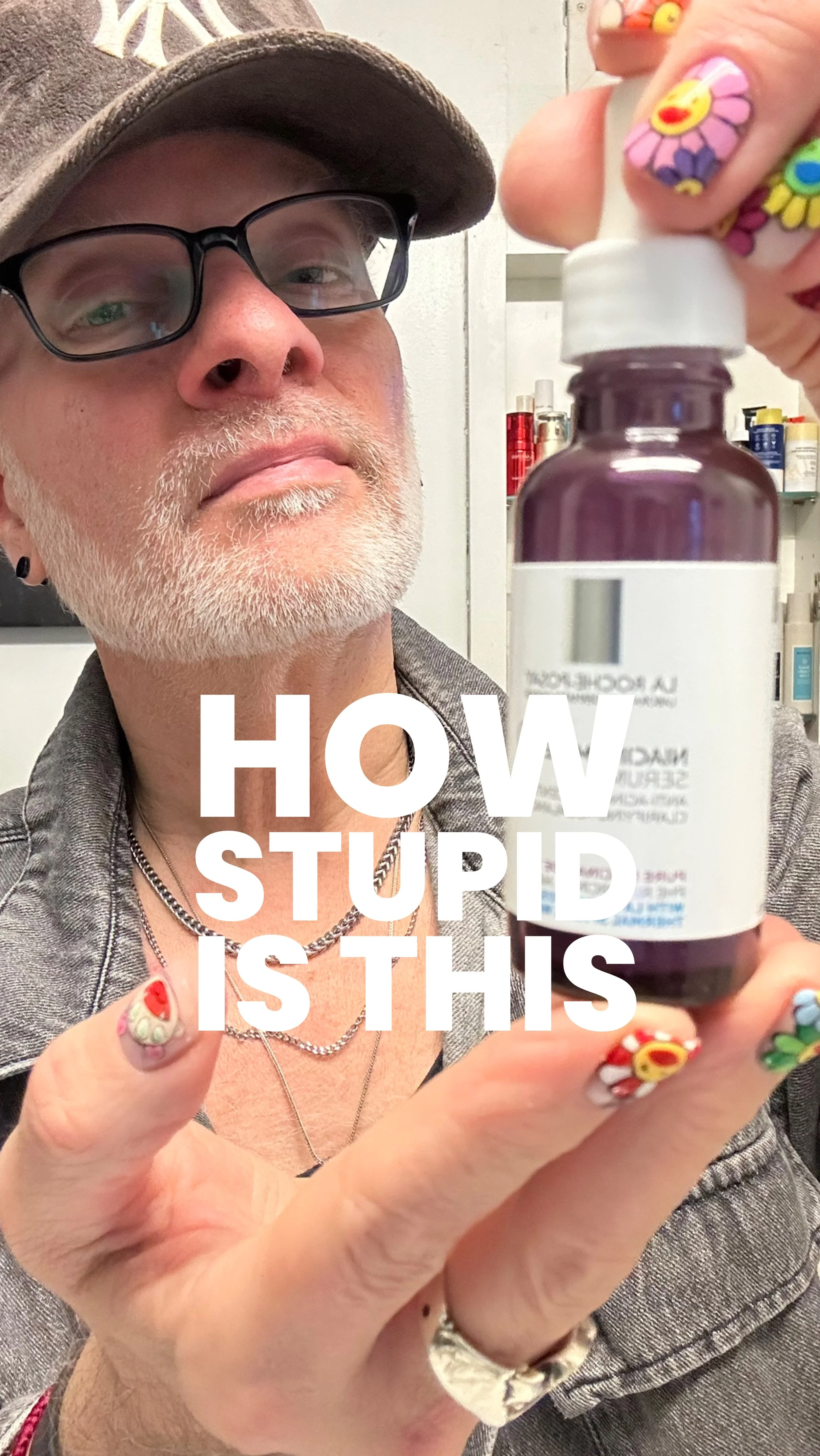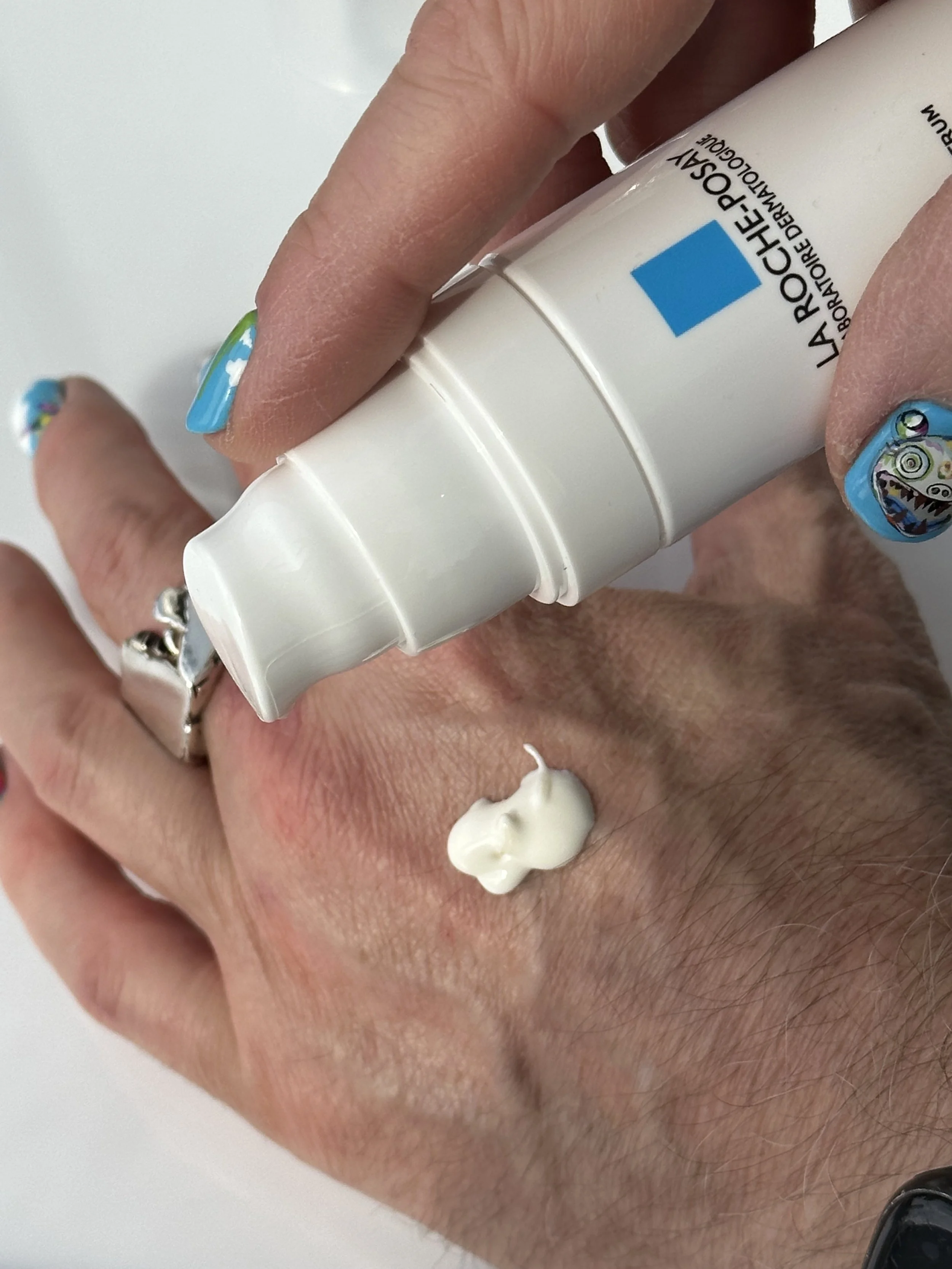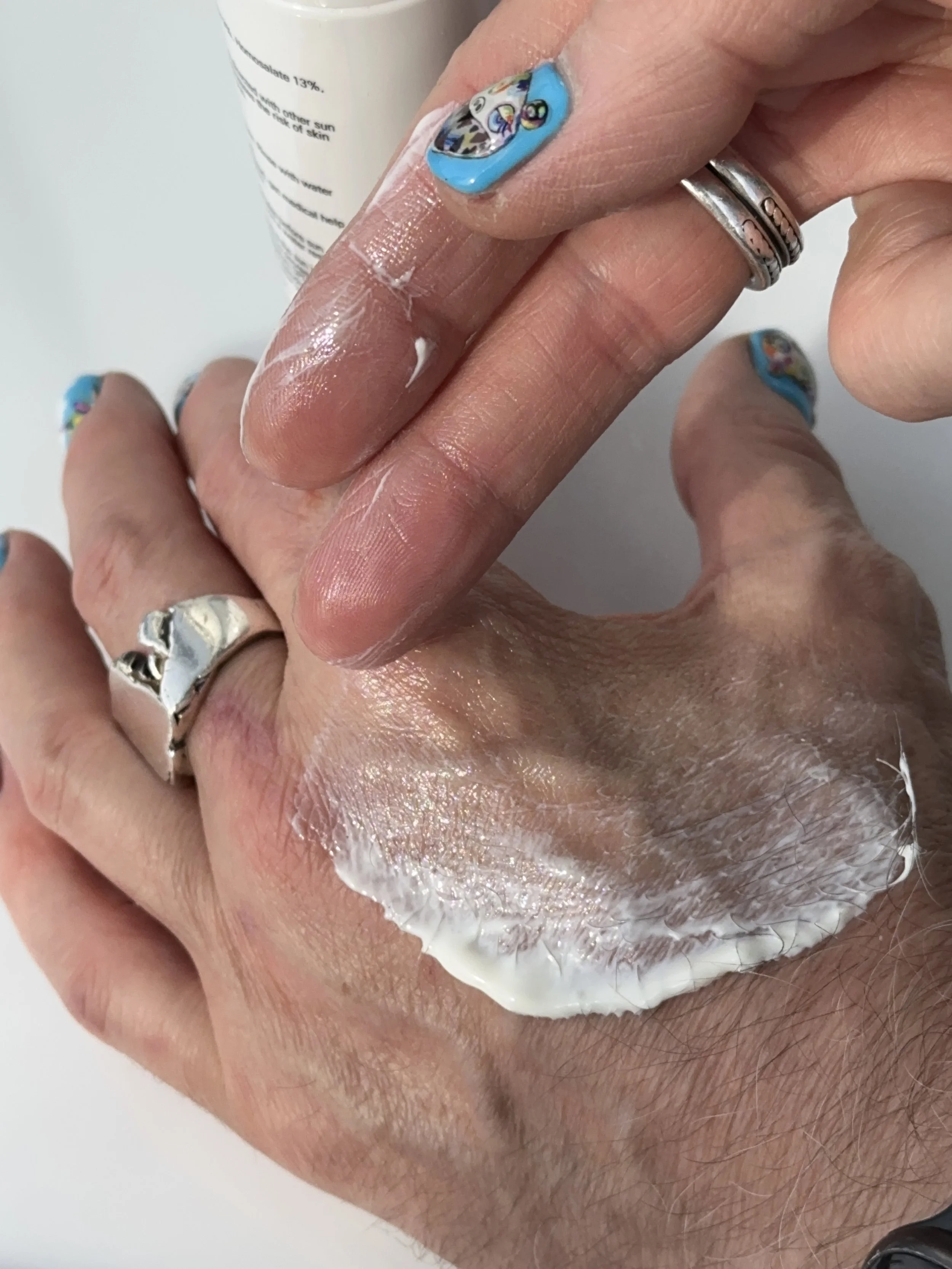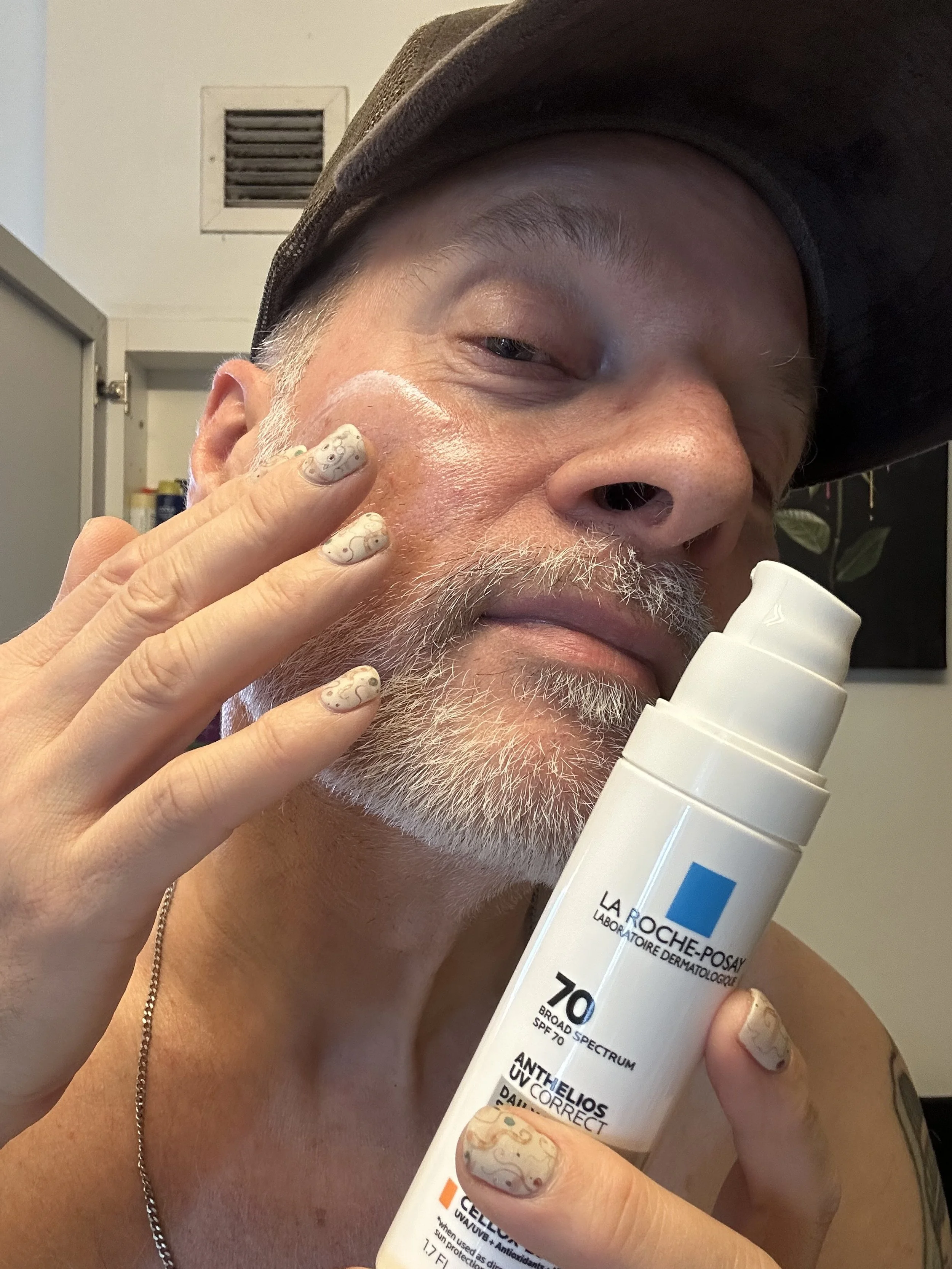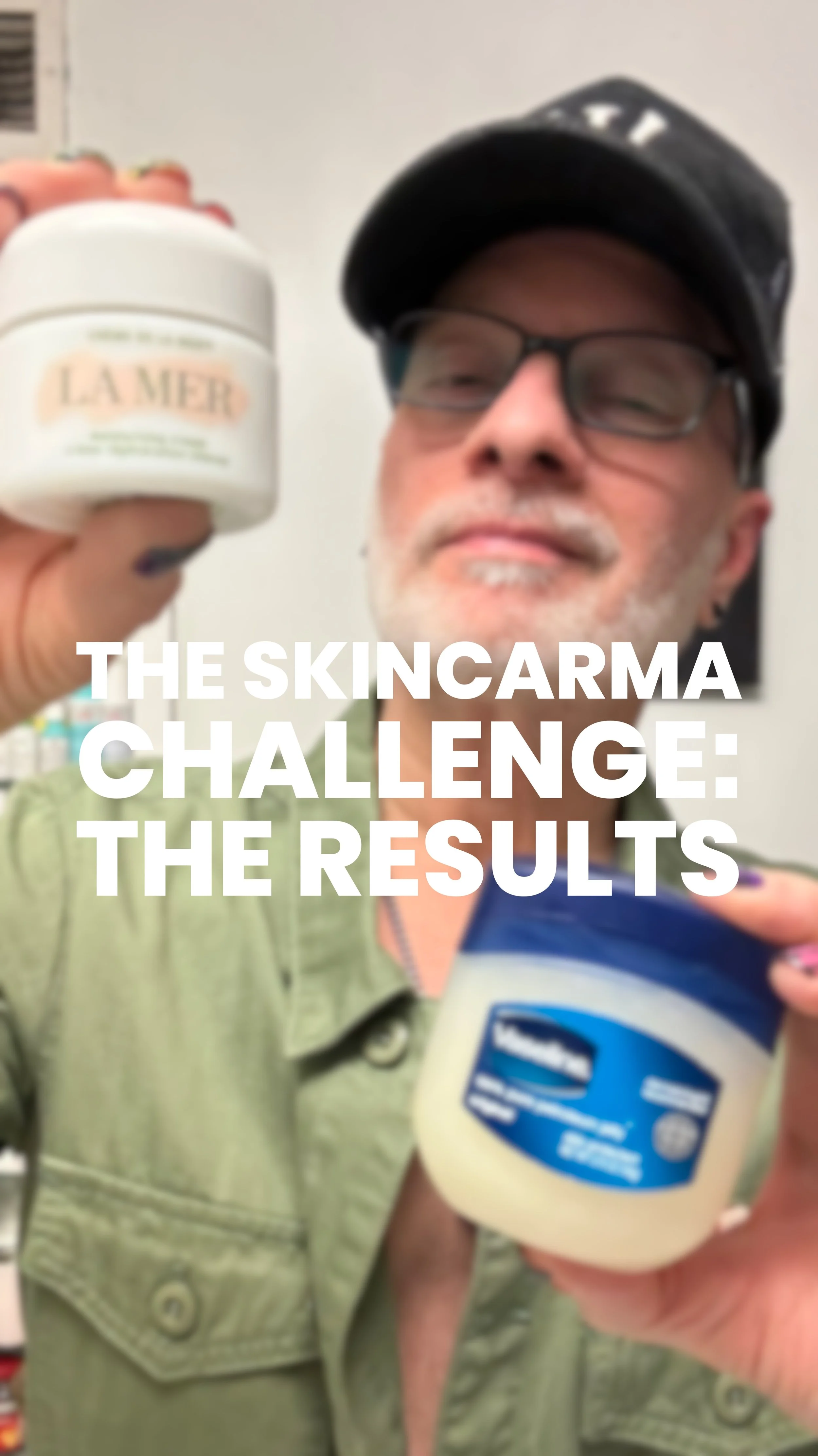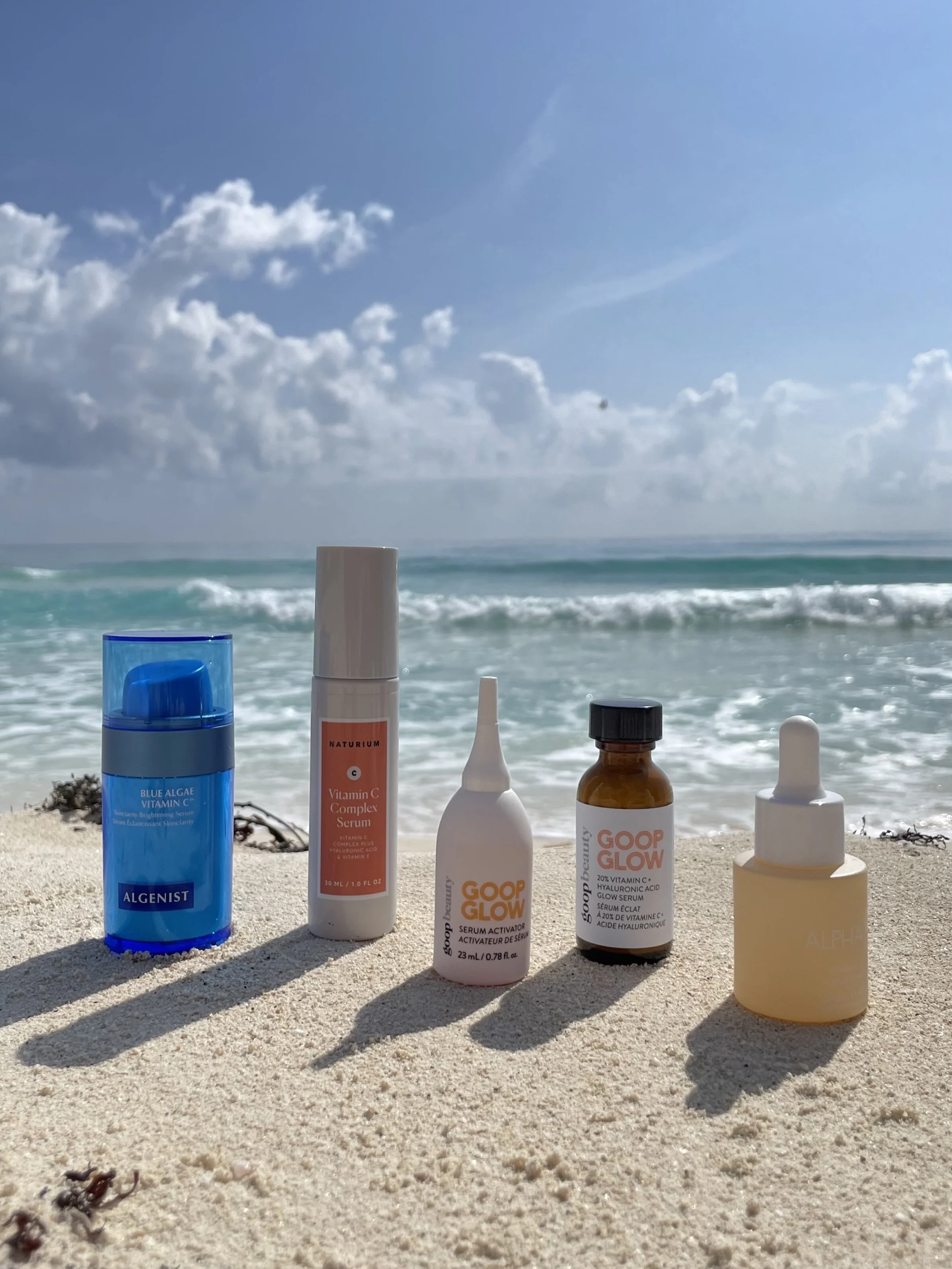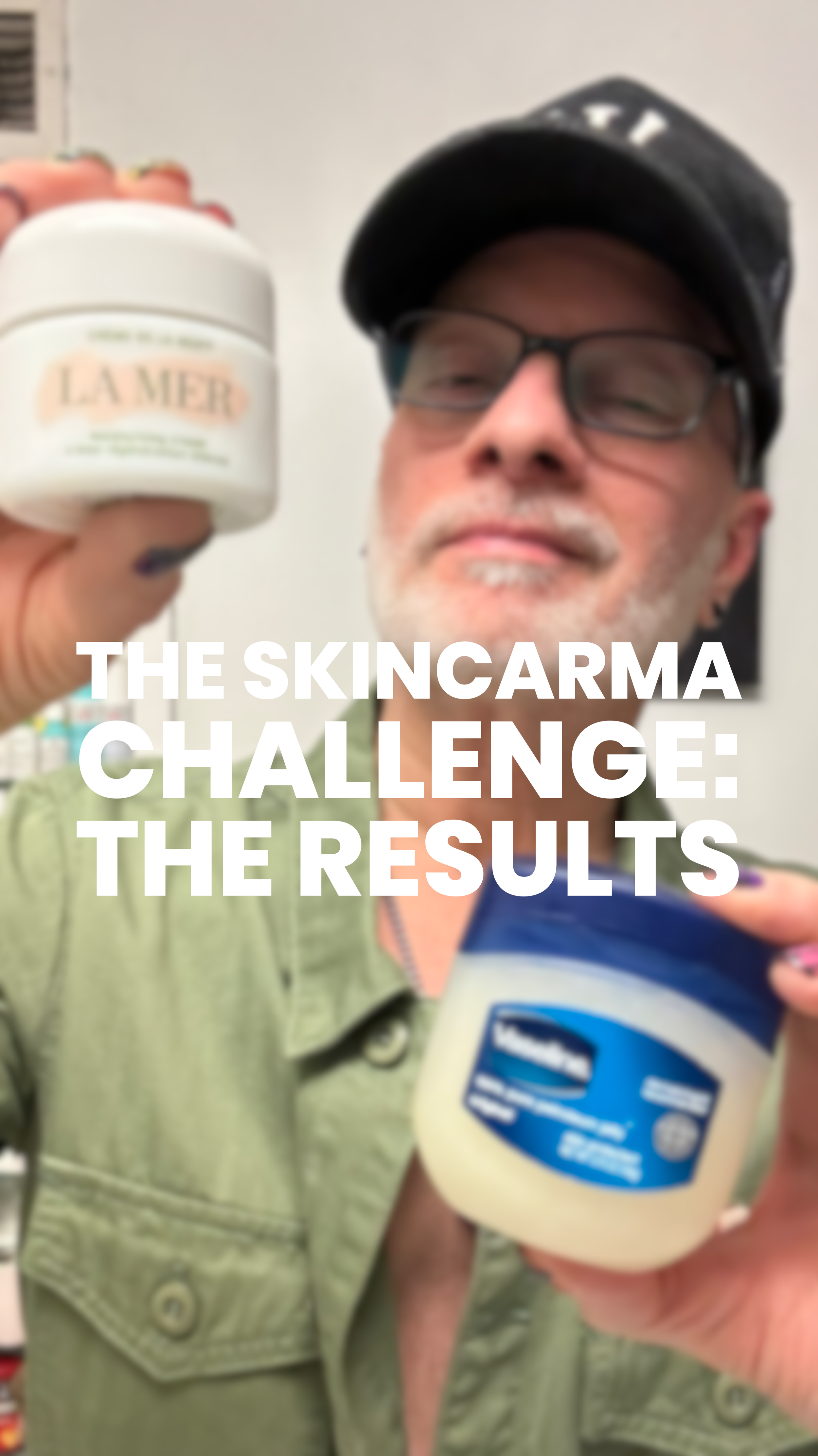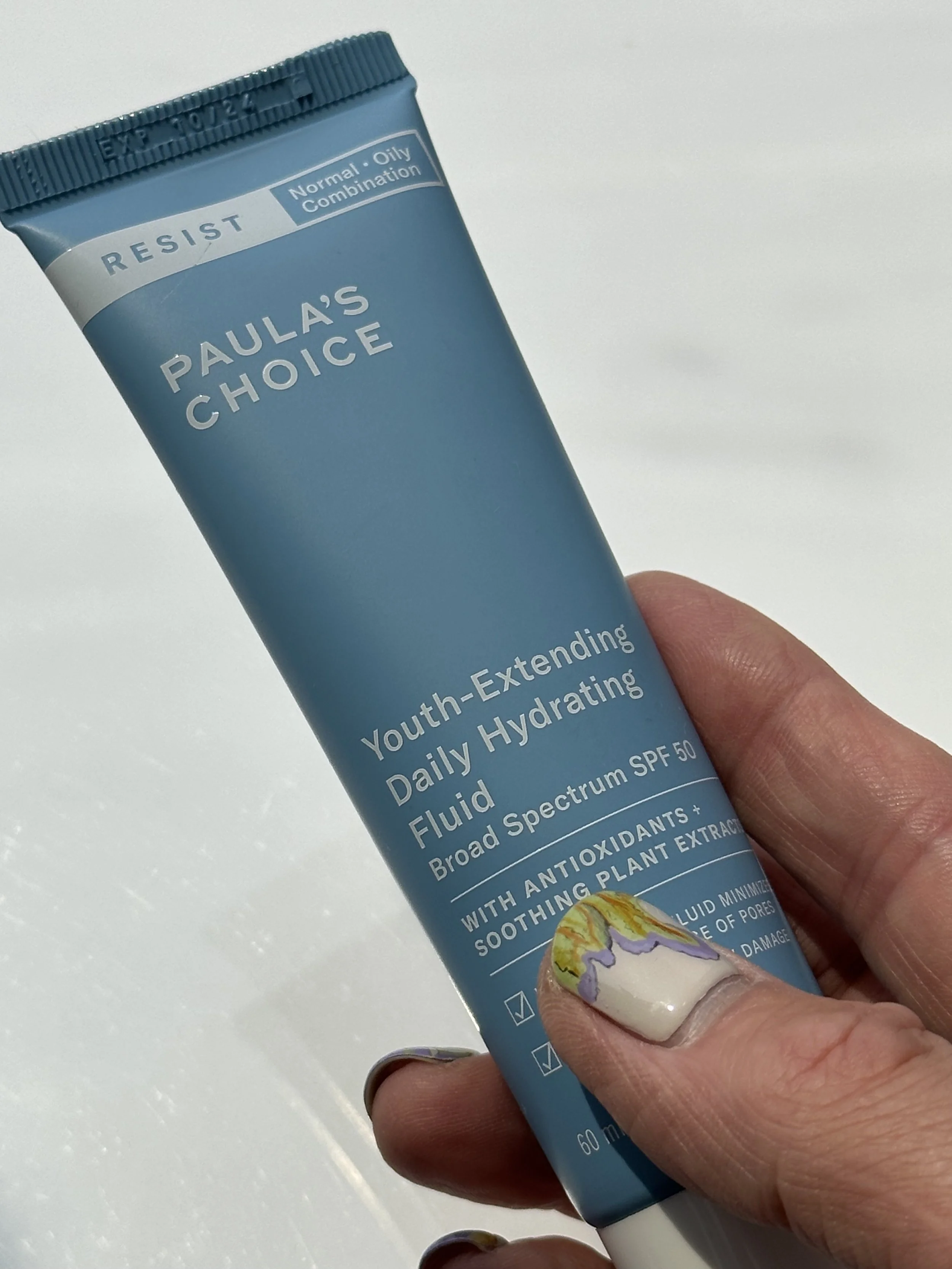PRODUCT REVIEW: LA ROCHE-POSAY ANTHELIOS UV CORRECT SPF 70 DAILY LOTION SUNSCREEN - Is Anthelios UV Correct Sunscreen for Sensitive Skin? Which La Roche-Posay Sunscreen Is Best for You?
LA ROCHE-POSAY | ANTHELIOS UV CORRECT SPF 70 DAILY LOTION SUNSCREEN
Something came over me earlier in the year and I’m not quite sure how it happened. I suddenly became wildly interested in La Roche-Posay.
TBH it sounds like a skin condition they advertise a pill for on CNN – over and over again.
Seeing the signs of la roche posay? Talk to your dermatologist about topical epidermica-lrp – a new treatment for acute la roche posay. The sooner you treat LRP, the sooner your skin will get clear and you can get on with your day.
No, seriously though. It wasn’t a rash. It was more like a case of #fomo. I had been seeing La Roche-Posay products all over my TikTok for you page and thought it was time to get to know the brand and, particularly, La Roche-Posay’s popular facial sunscreens.
In my 7+ years working at Kiehl’s, I had very little interest in exploring our L’Oreal “sister brand.” La Roche-Posay was known for their sunscreens and we were developing a version of an Anthelios sunscreen. Because of the complexities of FDA approvals, many big beauty sunscreen formulas are identical and re-marketed across a company’s portfolio of brands. We just had to put the Kiehl’s spin on the same popular La Roche-Posay product. New name, new packaging and boom – a new Kiehl’s sunscreen.
Honestly, I had no real interest in trying anything else from the brand until this year. And, like my experience with another L’Oreal drugstore brand, CeraVe, it’s been a mixed bag. This week, I thought I’d actually focus on what the brand does best: facial sunscreen. And they just launched a new one – the La Roche-Posay Anthelios UV Correct SPF 70 Daily Lotion Sunscreen.
PRODUCT REVIEW: LA ROCHE-POSAY TOLERIANE DOUBLE REPAIR FACE MOISTURIZER
Over the past few weeks, I’ve reviewed two non-SPF LRP products on the blog. First was the super popular La Roche-Posay Toleriane Double Repair Face Moisturizer. At $23, it’s a good basic face cream that moisturizes, hydrates and balances skin. I actually like it. And for the money, you really can’t go wrong. Again, it’s basic; it does what it needs to. Catch my review of it on the blog here.
Then three weeks ago, I published my La Roche-Posay 10% Pure Niacinamide Serum review. It’s one of the most surprising new skincare products I’ve experienced in a while. And I can sum it up in one word: WTF. To be honest, it’s hardly among the best face serums with Niacinamide. In fact, it’s very likely the worst.
Seriously, LRP, it’s 2023. Is this face serum supposed to be innovative?
PRODUCT REVIEW: LA ROCHE-POSAY 10% PURE NIACINAMIDE FACE SERUM
As I said in my 10% Pure Niacinamide Serum review on the blog here, the brand’s new face serum with Niacinamide seems to employ a “tear it down to build it up” philosophy to skin health.
Sure, this velvety $40 brightening face serum delivers the ideal daily amount of 10% Niacinamide to build up and strengthen the skin barrier; but, the high concentration of denatured alcohol in the formula weakens the skin barrier and even induces sensitivity. It’s like packing and unpacking a suitcase at the same time!
No shade, but it seems like La Roche-Posay should stick with sunscreen innovations. I’ve actually got three LRP facial sunscreens in the rotation as I write this.
In addition to the new Anthelios UV Correct SPF 70 Daily Lotion Sunscreen, I’ve also been toying with the brand’s Toleriane Double Repair Face Moisturizer UV SPF 30 and the classic La Roche-Posay Anthelios Ultra Light Fluid Face Sunscreen SPF 60 – the same sunscreen that we had re-marketed at Kiehl’s.
The Best Sunscreens for Face
All three are chemical facial sunscreens. And that may or may not be a concern for you.
Is it better to use chemical or mineral sunscreen? Hmm…
While I prefer mineral sunscreens, my personal philosophy is what’s most important is that you find a well-formulated facial sunscreen you love so much you wouldn’t even think of skipping it in your morning skincare routine.
One of the most important factors when choosing between a chemical and mineral sunscreen is whether you have sensitive skin. Not sensitized skin because you’ve overdone it with an acid toner, but sensitive skin day in and day out. If you have sensitive skin, you’re the type who can’t tolerate most harsh actives, chemical UV filters among them. Depending on what else is in the formula, mineral sunscreens are better for sensitive skin, generally speaking.
“It’s important to know that there’s nothing inherently better or worse about formulas containing either mineral or synthetic sunscreen ingredients (or a blend of both types). What matters is that they protect your skin from sun damage.”
-The Paula’s Choice Research Team
PRODUCT REVIEW: THE INKEY LIST POLYGLUTAMIC ACID DEWY SUNSCREEN SPF 30
If you’ve followed my blog for a while, you know I pretty much trust no skincare brand more than I trust Paula’s Choice. And that’s particularly true when it comes to the truth about ingredients in skincare products.
No brand breaks through the marketing spin better than Paula’s Choice. In fact, most brands rely on marketing spin to sell their products – not whether the product is pro-skin health. La Roche-Posay is certainly one of them. That’s why their marketers believe they can get away with launching an inferior product like that new Niacinamide serum.
When it comes to the truth about sunscreens, there’s a really insightful article from the experts on the Paula’s Choice research team titled, Mineral vs. Synthetic Sunscreen Ingredients.
PRODUCT REVIEW: PAULA’S CHOICE REDNESS RELIEF SPF 30 MINERAL MOISTURIZER
You can catch the full article here; below is what I found most relevant.
What’s the difference between mineral and synthetic sunscreen ingredients?
The differences aren't about which type is more effective; rather, it comes down to personal preference and how sensitive your skin is—mineral sunscreens are considered the gentlest options.
Mineral sunscreens: There are only two mineral sunscreen ingredients: titanium dioxide and zinc oxide. They work in skin's uppermost layers to both absorb and, to a lesser extent, deflect and scatter the sun’s harmful rays. These mineral ingredients are sometimes referred to as physical sunscreens or physical blockers, although that’s not a factual representation of how they work.
Synthetic sunscreens: There are over 30 synthetic sunscreen ingredients, all of which absorb into the top layers of skin, where they work similar to mineral sunscreens: by scattering and deflecting the sun’s harmful rays, and by converting UV rays into heat and “deactivating” them. (Don’t worry, you won’t feel a thing.) Common synthetic sunscreen ingredients include oxybenzone, octinoxate, octisalate, and avobenzone. These are sometimes labeled “chemical sunscreens,” which is both misleading and false. All skin care ingredients, even water, are chemicals.
It’s important to know that there’s nothing inherently better or worse about formulas containing either mineral or synthetic sunscreen ingredients (or a blend of both types). What matters is that they protect your skin from sun damage. Yes, one or the other may be a better choice for your skin, but the ingredients themselves (not the vocabulary used to sell them) should help make that determination.
THE WEIRDEST NIACINAMIDE SERUM EVER
Before I get to my full La Roche-Posay Anthelios UV Correct SPF 70 Daily Lotion Sunscreen product review just below, I wanted to explore some of the most common questions people ask about the brand – and its sunscreens in particular.
After all, they are among the market leaders for facial sunscreens. Google “best sunscreens for face” and you’ll get product recommendations from a range of brands including Paula’s Choice, Neutrogena, EltaMD, CeraVe and of course, La Roche-Posay.
1. Is Anthelios UV Correct Sunscreen for Sensitive Skin?
Well, it really depends on how sensitive your skin is. Generally, the best sunscreen for sensitive skin is one which relies exclusively on mineral UV filters like Zinc Oxide and Titanium Dioxide.
La Roche-Posay claims that the new Anthelios UV Correct SPF 70 Daily Lotion Sunscreen is formulated for sensitive skin and has been tested on sensitive skin [1]. The formula does contain niacinamide at between a 2-4% concentration. Niacinamide helps soothe skin in addition to its multitude of other beneficial properties, including antioxidant protection and strengthening of the skin barrier to help control moisture loss and minimize the appearance of fine lines and wrinkles caused by sun damage [2].
Sources: [1] https://www.laroche-posay.us/sunscreen/sunscreen-product-type/sunscreen-for-face/anthelios-uv-correct-spf-70-sunscreen-883140500856.html [2] https://www.ncbi.nlm.nih.gov/pmc/articles/PMC3583887/
2. Which La Roche-Posay Sunscreen Is Best for You?
La Roche-Posay offers an extensive range of sunscreens. The best one for you depends on your skin’s unique needs and your texture preferences. However, one of the highest-rated options is the Anthelios Mineral Light Fluid Sunscreen SPF 50 [1].
Because this popular sunscreen relies solely on mineral (physical) sun filters, it is suitable for all skin types and particularly sensitive skins. It provides broad-spectrum UVA/UVB protection without irritating the skin and shouldn’t cause acne breakouts.
Other popular options include the La Roche-Posay Anthelios Melt-In Milk Sunscreen SPF 60 and the Anthelios Clear Skin SPF 60 Oil-free Sunscreen [2].
Sources: [1] https://www.goodhousekeeping.com/beauty/anti-aging/g696/best-sunscreens/ [2] https://www.laroche-posay.us/sunscreen/sunscreen-product-type/facial-sunscreen/
3. Is La Roche-Posay Sunscreen Better than Cerave?
Whether La Roche-Posay sunscreens are better than CeraVe sunscreens ultimately comes down to your personal preference, your skin type and your individual skin concerns. Again, both are L’Oreal brands and their formulas are very likely made in the same labs by the same chemists. In many instances, the formulas are identical with the only difference being the product name and packaging design.
Both CeraVe and La Roche-Posay offer a range of high-quality sunscreens to suit different skin types and preferences. For example, La Roche-Posay's Anthelios Mineral Sunscreen SPF 50 is a physical sunscreen suitable for sensitive skin, while the popular CeraVe Hydrating Mineral Sunscreen SPF 30 is a lightweight, hydrating sunscreen also suitable for sensitive skin [1,2].
Sources: [1] https://www.laroche-posay.us/sunscreen/sunscreen-product-type/facial-sunscreen/ [2] https://www.cerave.com/sunscreen
4. What Type of Sunscreen Is Best for Sensitive Skin?
For sensitive skin, physical sunscreens which rely on mineral UV filters like Zinc Oxide and Titanium Dioxide are better tolerated.
Physical sunscreens, also known as mineral sunscreens, use natural ingredients like zinc oxide and titanium dioxide to physically block the sun’s rays from reaching the skin. Most skincare brands which offer sunscreens have a mineral option suitable for sensitive skin; among them La Roche-Posay and CeraVe. [1, 2]. Other brands that offer high-quality mineral sunscreens for sensitive skin include EltaMD, Colorescience, and Paula’s Choice [3,4].
One of my favorite mineral sunscreens for face is the Paula’s Choice Redness Relief SPF 30 Mineral Moisturizer for Normal to Oily Skin. You can catch my review of it on the blog here.
Sources: [1] https://www.laroche-posay.us/sunscreen/sunscreen-product-type/facial-sunscreen/ [2] https://www.cerave.com/sunscreen [3] https://eltamd.com/skin-type/sensitive-skin/ [4] https://colorescience.com/collections/mineral-sunscreen
5. Product Review
La Roche-Posay Anthelios UV Correct SPF 70 Daily Lotion Sunscreen with Niacinamide
My experience with La Roche-Posay over the years, beginning with my work at Kiehl’s in the early 2000s, is that the brand does sunscreens very well. In fact, some La Roche-Posay sunscreens for face are the most effective (and popular!) anti-aging face creams available.
Among these are those marketed under the brand’s Anthelios franchise. La Roche-Posay’s Anthelios Mineral Sunscreen SPF 50 and the classic Anthelios Ultra Light Fluid Face Sunscreen SPF 60 appear to be two of the best-selling La Roche-Posay sunscreens on the brand’s website as well as the sites of its retail partners.
The brand’s expertise in suncare is well-established. And that’s the position I was starting from as I began test-driving the new La Roche-Posay Anthelios UV Correct SPF 70 Daily Lotion Sunscreen 3-4 weeks ago.
IT DOES WHAT IT NEEDS TO DO: MOISTURIZE!
To start, I’m not quite clear what makes the La Roche-Posay Anthelios UV Correct SPF 70 Daily Lotion Sunscreen with Niacinamide exceptional – or even a necessary product in your suncare routine. It doesn’t seem to be well-distinguished among the brand’s existing sunscreen products, let alone anyone else’s. Importantly, it doesn’t feature anything particularly innovative.
To be fair, because the FDA hasn’t approved new UV sun filter technology in years, the options for suncare innovation are restricted to texture and other benefits like antioxidant protection. A brand can also reinforce the anti-aging qualities of a sunscreen with peptides, emollients, humectants or other actives that promote skin barrier health.
A closer look and I wonder if the innovation is really nothing more than the addition of Niacinamide. It is the most trending antioxidant in skincare after all. Clearly riding the trend, the brand tweaked its CELL-OX Shield technology, a feature of several La Roche-Posay sunscreens. It’s now referred to as CELLOX-B3 Shield technology. B3, of course, is a reference to Niacinamide, aka Vitamin B3.
Don’t get me wrong, Niacinamide is a terrific antioxidant and superbly pro-skin health. But many of the brand’s sunscreens contain antioxidants and some – like the Anthelios AOX Antioxidant Serum with SPF 50 Sunscreen – seem better positioned to appeal to those looking for antioxidant protection.
The new UV Correct SPF 70 doesn’t even boast the highest SPF in the La Roche-Posay suncare catalogue. That title belongs to the Anthelios Melt-In Milk Sunscreen for Face & Body SPF 100.
Having worked in-house on big beauty brands, my hunch is that the brand’s marketers needed to launch something new. And the Anthelios UV Correct SPF 70 is just that and nothing more: something new.
So what makes the new Anthelios UV Correct SPF 70 worth your attention? And is the La Roche-Posay Anthelios UV Correct SPF 70 Daily Lotion Sunscreen a good sunscreen product?
Well, the texture is nice. I’ve been using it off and on for about the last month, alternating between it and two other La Roche-Posay facial sunscreens. And I’ll admit that I do like it; it feels comfortable on my skin from first application. But, again, there’s nothing particularly exceptional or innovative about it.
At $37.99, the Anthelios UV Correct SPF 70 is essentially a good, basic sunscreen with Niacinamide. Is that worth paying almost $40 for? I really don’t know. I did, so maybe the joke’s on me!
Besides Niacinamide, is there anything else in the formula that’s notable? Well, ahead of the Niacinamide in the INCI are Dimethicone and Glycerin, both of which help to prevent trans-epidermal water loss (TEWL) – the leading cause of skin dehydration. Thousands of skincare products contain those two ingredients. There are also no plant oils in the formula, though the brand doesn’t claim that Anthelios UV Correct SPF 70 is oil-free.
So what about that CELLOX-B3 Shield technology? Breaking news: it’s really nothing more than marketing spin for the combination of the chemical sun filters Avobenzone, Homosalate, Octisalate, and Octocrylene with, ahem, Niacinamide. Even La Roche-Posay admits that in their product messaging.
Oh, and the brand calls out an unusual antioxidant, Senna Alata, which it claims is “a tropical leaf extract known to defend the skin against damaging free radicals caused by the sun that can accelerate skin aging.”
Whatever, LRP.
6. Pros & Cons
What I like about it: The La Roche-Posay Anthelios UV Correct SPF 70 Daily Lotion Sunscreen is a good, basic facial sunscreen with anti-aging benefits powered by four chemical sun filters and about a 3% concentration of antioxidant Niacinamide. While it’s not the least bit innovative, I do like the texture and enjoy wearing it.
What I don’t like about it: It smells like chemical sunscreen. Not a surprise but not exactly pleasurable, either.
Who it’s for: All skin types, even oily and sensitive skins.
SHOP THE BLOG: Purchase the La Roche-Posay Anthelios UV Correct SPF 70 Daily Lotion Sunscreen for $37.99 here.
The Ingredient List of the La Roche-Posay Anthelios UV Correct SPF 70 Daily Lotion Sunscreen:
 sii|h 0 0, Dicaprylyl Ether emo|solv, Niacinamide
sii|h 0 0, Dicaprylyl Ether emo|solv, Niacinamide  cci|sb|aacne|h, Poly C10-30 Alkyl Acrylate vc, Styrene/Acrylates Copolymer, Silica vc, Caprylyl Methicone emo, Acrylates/Dimethicone Copolymer, Diethylhexyl Syringylidenemalonate, Glyceryl Stearate emo|emu 0 1-2, PEG-100 Stearate surf|emu 0 0, Phenoxyethanol pres, Tocopherol
cci|sb|aacne|h, Poly C10-30 Alkyl Acrylate vc, Styrene/Acrylates Copolymer, Silica vc, Caprylyl Methicone emo, Acrylates/Dimethicone Copolymer, Diethylhexyl Syringylidenemalonate, Glyceryl Stearate emo|emu 0 1-2, PEG-100 Stearate surf|emu 0 0, Phenoxyethanol pres, Tocopherol  aox 0-3 0-3, Potassium Cetyl Phosphate emu|surf, Propylene Glycol h|solv|vc 0 0, Caprylyl Glycol h|emo, Panthenol
aox 0-3 0-3, Potassium Cetyl Phosphate emu|surf, Propylene Glycol h|solv|vc 0 0, Caprylyl Glycol h|emo, Panthenol  so|h 0 0, Acrylates/C10-30 Alkyl Acrylate Crosspolymer vc, Triethanolamine buff 0 2, PEG-8 Laurate emu|surf, Inulin Lauryl Carbamate surf|emu, Chlorphenesin pres|amic, Trisodium Ethylenediamine Disuccinate chel, P-Anisic Acid pres, Caprylic/Capric Triglyceride emo, Xanthan Gum vc, Cassia Alata Leaf Extract
so|h 0 0, Acrylates/C10-30 Alkyl Acrylate Crosspolymer vc, Triethanolamine buff 0 2, PEG-8 Laurate emu|surf, Inulin Lauryl Carbamate surf|emu, Chlorphenesin pres|amic, Trisodium Ethylenediamine Disuccinate chel, P-Anisic Acid pres, Caprylic/Capric Triglyceride emo, Xanthan Gum vc, Cassia Alata Leaf Extract  so|amic, Maltodextrin, Sodium Dodecylbenzenesulfonate surf|emu, Disodium EDTA chel
so|amic, Maltodextrin, Sodium Dodecylbenzenesulfonate surf|emu, Disodium EDTA chelIS IT REALLY A SCAM?
Find out on my TikTok channel.
MY TOP VITAMIN C PICKS FW21: NEW VITAMIN C SERUMS I’M CRUSHING ON FROM ALGENIST, NATURIUM AND MORE
WATCH MY VIDEO REVIEW
THE BEST NIACINAMIDE SERUMS FOR CLOGGED PORES AND A BRIGHTER COMPLEXION
ON MY YOUTUBE CHANNEL HERE
WATCH MY VIDEO REVIEW OF
SKINCARE HACKS: GLYCOLIC ACID IS THE NATURAL DEODORANT THAT WORKS!
ON MY YOUTUBE CHANNEL HERE
WATCH MY VIDEO REVIEW OF
MY FAVORITE HUMECTANT SERUMS FROM PAULA'S CHOICE, THE INKEY LIST, GHOST DEMOCRACY AND MORE
ON MY YOUTUBE CHANNEL HERE
WATCH MY VIDEO REVIEW
COOL CLEAN FACIAL SUNSCREENS TO KEEP US SAFE AND SMILING IN THE SUN!
ON MY YOUTUBE CHANNEL HERE
WATCH MY VIDEO REVIEW
THE OPULUS BEAUTY LABS RETINOL SYSTEM – THE COOLEST RETINOL INNOVATION I’VE EVER SEEN
ON MY YOUTUBE CHANNEL HERE
WATCH MY VIDEO REVIEW
MY 2021 VITAMIN C PICKS + THE BEST VITAMIN C SERUMS TO BRIGHTEN UP THE COMPLEXION!
ON MY YOUTUBE CHANNEL HERE
WATCH MY VIDEO REVIEW OF
MY WINTER SKIN SAVIOR: SKINFIX BARRIER+ LIPID REPLENISHING SKINCARE
ON MY YOUTUBE CHANNEL HERE
WATCH MY VIDEO REVIEW
A COMPLETE K-BEAUTY ROUTINE WITH THE BEST FACIAL SKINCARE FROM PURITO, COSRX, MISSHA & MORE!
ON MY YOUTUBE CHANNEL HERE
WATCH MY VIDEO REVIEW
THE YEAR’S BEST VITAMIN C SERUMS WITH PAULA'S CHOICE, SUNDAY RILEY, THE INKEY LIST AND MORE!
ON MY YOUTUBE CHANNEL HERE
WATCH MY VIDEO REVIEW OF
A SELFCARE SUNDAY NOT FOR THE FAINT OF HEART – WITH THE PAULA’S CHOICE 25% AHA PEEL!
ON MY YOUTUBE CHANNEL HERE


